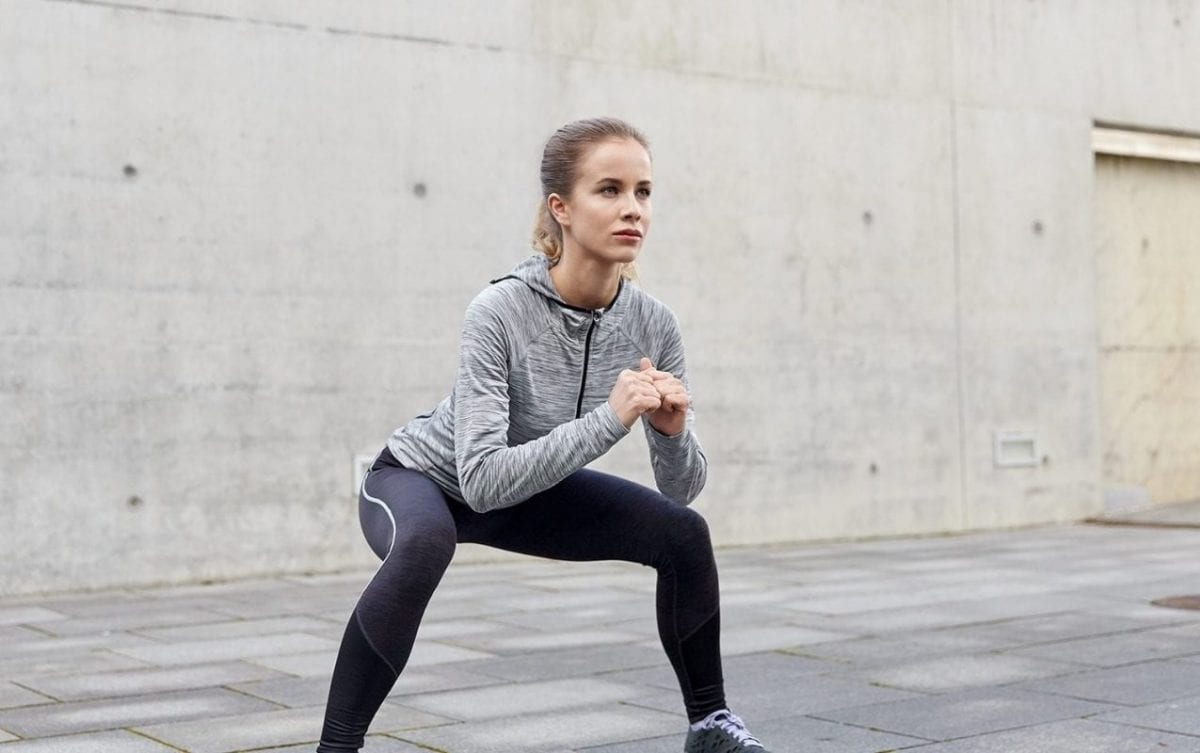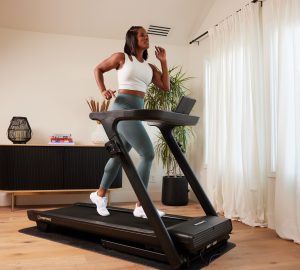The more we research movement and its benefits there is no doubt that one can see that at every level, activity is important for the body to engage in. No matter the age, ability or living circumstances there are very few situations where exercise and activity isn’t a complete asset. People have several different backgrounds and interests when it comes to exercising and as a result the more someone does something active, the more our bodies adapt to build a physique that leads to improved competency. For example, if you decide that you love rock climbing, and pursue your hobby for a number of months, eventually you will develop a strength and flexibility that allows for greater ability to climb. For better or for worse our body creates physiological and mental changes that allow you to move in a number of ways. With specific movement patterns and an enjoyment for these patterns, the for worse part of our adaptations is the fact that some activities and movements can cause mis-alignments and overuse of certain tissues, muscles or joints, thus limiting someone’s enjoyment and safety. As a trainer we have a number of areas where we can help our clients, and at the end of the day the whole point of being athletic is to experience superior health. In my studies as a trainer I have looked for a staple activity that is conclusively beneficial for any athlete of any movement type. In my search for the ultimate exercise, the leader of healthy movement has come forward, it is all about doing squats!
Like all areas of exercise, the squat isn’t perfect, nothing in this world is. If you want an activity that will have both specific and general benefits to yourself as an athlete, learning to do an excellent squat is a wonderful tool to have in your tool box. The number of joints the squat requires of the body, and the number of muscles accessed through the full range of the squat have a healthy pedigree of strains and stretches to encourage the body towards a state of relative alignment. The key is to ensure excellent execution of the squat. It is important to understand that when executing a squat, precision and alignment outweigh the importance of moving a heavy load. Being sensitive to technique and fluidity will maximize your benefits while minimizing your risk of injury.
The execution of a beneficial squat starts with your feet. When teaching squat fundamentals, I use a sand box with damp sand. In this sand box we look at the foot print. We want to see even pressure on the whole foot, a comfortable level of external rotation where the foot arches are intact. The goal of the movement is to drive the center of gravity towards the space between your feet. Ideally, we want to avoid a forward lean, and move towards a straight and aligned movement. Locking the hands behind the head and moving the hips strait down encourage a straight up and down movement that work much more than just the legs. An interesting finding for people first learning to do squats is that when the weight gets to be overloaded, most of the squat will still look technically good, but the foot print in the sand shows that the arches have collapsed, and the feet have additional external rotation. Like most ailments the key is in early detection. If your foot placement isn’t correct, this is the first sign that your squat load is too heavy. Making adjustments to your weight load based on how your feet are placed will be an effective method of ensuring you have as many technically correct squats as possible.
Before beginning, check out this warm-up video from our friends at Optimize Physiotherapy. Reach out to them for all your health and fitness questions.
Before you lift heavier weight in a squat, be sure to observe your foot work, observe your range of motion, and observe the fluidity of your movement. A personal fitness trainer with a good sense of vision, and a strong eye for technical movement can help with these observations. With the squat as a staple to your lifting, and done consistently correct, the chances of being a strong athlete increase. There are a number of regressions to break down the squat and allow one to execute a technically correct squat with even a minimal level of physical training experience. Once again, a personal fitness trainer can prescribe correct regressions for those who are needing baby steps towards a technically correct squat.
The testimony is in the science, no matter your athletic ability, a healthy activity is the squat! Be sure to talk to your doctor, and make sure that your knees and hips are healthy, and squatting is appropriate. Also ensure that your personal trainer or fitness coordinator at your fitness facility can assess your squat to ensure correct and proper movement. If all checks out, be sure to add doing the squat to your exercise regime








